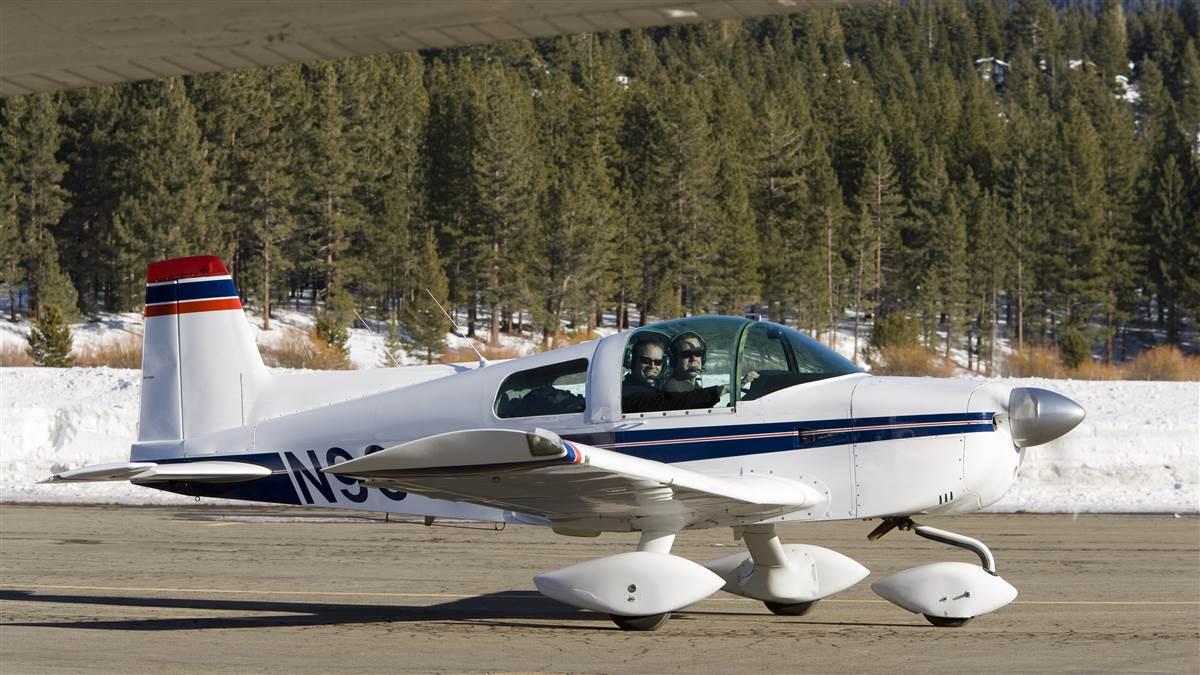
The American Aviation Yankee (AA1) once appeared on flight school ramps alongside Cessnas and Cherokees. The two-seater was certainly economical to operate, but its quirky handling characteristics made it a less-than-desirable trainer.
The AA1 is fun to fly, with light controls and a wonderful roll rate. It can be flown with its canopy open. And, even with a 108-horsepower Lycoming O-235, the AA1 cruises at 117 knots at 75-percent power, burning 6.3 gallons of fuel.
But remember those quirky handling characteristics? Approach speeds are high (74 knots); stall speeds are 60 knots clean and 57 knots with full flaps. Later models (AA1A, B, and C) feature aerodynamic enhancements to make the airplane more docile.
Climb performance is miserly: 500 feet per minute on a cool, sea-level day at maximum gross weight would be cause for celebration.
The maximum gross weight of 1,500 pounds and typical empty weight of 1,050 pounds leave you a full-fuel payload of less than 320 pounds. Look for a Yankee that has a 150- or 160-horsepower Lycoming O-320 and you’ll get better climb rates and cruise speeds, but you’ll also want the auxiliary tank modification that adds 10 gallons to the airplane’s 24-gallon capacity.
www.aopa.org/go-fly/aircraft-and-ownership/aircraft-fact-sheetspiper-j3-cub



